It has been known as “The Immortal Piano” and “The Siena Piano” and “The King’s Piano” and “The Harp of David Piano,” and legend says it is made of cedar from King Solomon’s Temple; after failing to sell via eBay earlier this winter, the magnificent upright piano made in Italy in 1799 was auctioned last Monday by Winner’s Auctions.
It was hoped the singular piece would garner between $1.5 million and $2 million, but the final gavel sounded after 33 competitive bids at $320,000.
 |
| Courtesy liveauctioneers.com |
The Solomon’s Temple bit aside, this piano has an unbelievable history. From the auction house description:
The story of this piano starts at the beginning of the 19th century, when a harpsichord maker from Turin, Italy, named Sebastian Marchisio worked on building a new piano. Many legends have been told about the raw materials used by Marchisio. Inter alia, it is claimed that the source of wood for the piano was from the trees Hiram brought to King Solomon for the building of the first Temple.
 |
| Courtesy liveauctioneers.com |
Sebastian managed to finish the resonance box before he passed away, but not the whole piano. His son Enrico continued building the piano, and after Enrico’s death, his grandsons Luciano and Raffaelo, talented craftsmen in their own right, made some changes, including adding strings, keys and hammers, while leaving the original resonance box built by their grandfather. The work was finally completed c. 1825. The new piano had a unique tone, unlike any instrument built until that time. The combination of Sebastian’s original resonance box and the enhancements contributed by his grandchildren created a more delicate sound than the pianos of those days, much like a harpsichord, yet more powerful, like a piano.
 |
| Courtesy liveauctioneers.com |
The piano was given as a present to their sister, Sebastian’s granddaughter, Rebecca, who lived in Siena. The piano became very famous there, as it was frequently featured at festive events in the city. Toward the 1860s, the Marquis of Siena ordered a more magnificent appearance to be given to the piano. Sculptor Nicodemo Ferri, Rebecca’s son, and great-grandson of the original creator of the piano, Sebastian, together with his cousin, architect and painter Carlo Bartolozzi, were commissioned for this work. They produced the piano’s magnificent and impressive frame and its cover, which remain to this day. The design includes portraits of famous composers Mozart, Handel, and others. At center, they carved David’s harp, as well as lions, cherubs, and more. The refurbished piano is considered one of the most beautiful and impressive musical instruments in the world. Furthermore, the new design also included new technology: a staticofone, an iron-reinforced frame, which enhanced the sound. In 1867, after the piano’s design was completed, it was sent to Paris for the World’s Fair. The piano was exhibited in the Italian Pavilion, where renowned pianist Camille Saint-Saëns was one of the many who played it.
 |
| Courtesy liveauctioneers.com |
A year later, in 1868, the City of Siena (after convincing Ferri) gave it to King (then Prince) Umberto I on the occasion of his marriage to Margherita, Princess of Savoy, with pianist Franz Liszt playing on it at the ceremony. Liszt also played it on other occasions in later years. Umberto was crowned King of Italy in 1878, and the piano earned the name “The King’s Piano.” The piano was transferred to Palazzo del Quirinale. It remained there for approximately 70 years, serving the royal family. Queen Margherita often entertained in the palace’s music room, where the piano stood, and it is reported to have been her favorite instrument.
During the 1880s, Mattis Yanowski, a refugee from Czarist Russia, performed before King Umberto, performing wondrously. After the performance, the king approached Yanowski, complimented his playing. He told him about the wondrous piano in his possession, justifiably nicknamed “David’s Harp,” and he invited him to play at his palace. The invitation and the description of the piano left a great impression on Yanowski, but the king’s murder prevented Yanowski from seeing the piano and it remained an unrealized dream. On his deathbed, Yanowski extracted a promise from his grandson Avner Carmi, one of the first piano makers and tuners in the Land of Israel, to go see the legendary piano in Rome. Carmi first traveled to Berlin in 1920 with the goal of studying music and piano tuning. On his way, he went to Rome and attempted unsuccessfully to get into the palace to see the piano. He visited Rome several times more over the following years, but each time, he did not manage to see the legendary piano. Once, he was even arrested by the palace guards, and released with his friend Arthur Schnabel’s intervention.
 |
| Courtesy liveauctioneers.com |
Carmi began refurbishing it, and much to his amazement, after discarding a few pieces of plaster from the piano, carved cherubic figures peeked out at him from the wood. As he continued to work, he realized that the legendary piano he had been searching for over the years now stood in his living room. Excited, Carmi wrote to the King of Italy to tell he had the piano, and that he had commenced the grueling work of restoring it. It took him three years and 90 liters of acetone to recreate its external appearance. Carmi then traveled to the United States with the piano, where he restored its original special sound. The piano starred in American media with the best musicians of the day playing it, such as Arthur Rubinstein, Penina Saltzman, Charles Rosen, Alfred Cortot, and others. Many articles and extensive write-ups have covered it. There was an attempt to produce a movie about it, but Avner Carmi passed away before this idea was realized.
Carmi’s children eventually sold the piano to a private collector.








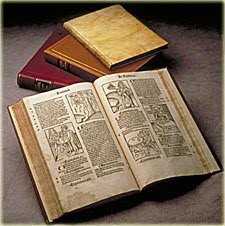


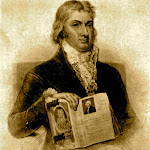




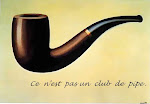
















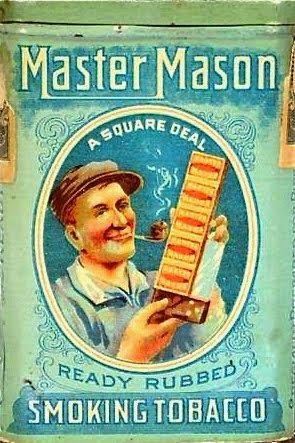













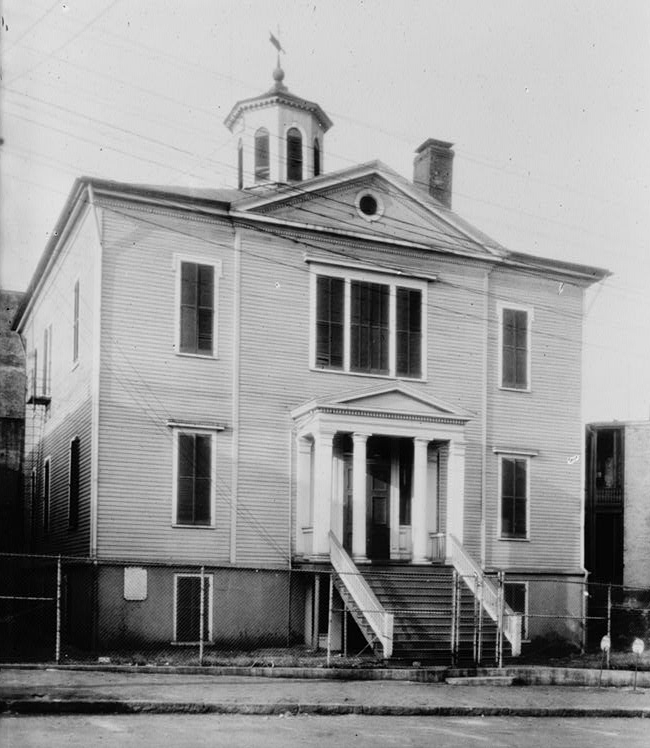

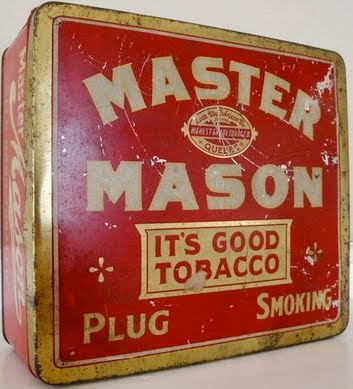



No comments:
Post a Comment